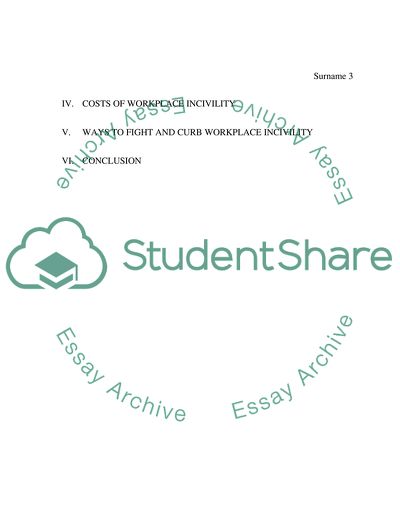Cite this document
(“How to Fight Incivility in the Workplace Research Paper”, n.d.)
How to Fight Incivility in the Workplace Research Paper. Retrieved from https://studentshare.org/human-resources/1779336-research-paper-human-relations
How to Fight Incivility in the Workplace Research Paper. Retrieved from https://studentshare.org/human-resources/1779336-research-paper-human-relations
(How to Fight Incivility in the Workplace Research Paper)
How to Fight Incivility in the Workplace Research Paper. https://studentshare.org/human-resources/1779336-research-paper-human-relations.
How to Fight Incivility in the Workplace Research Paper. https://studentshare.org/human-resources/1779336-research-paper-human-relations.
“How to Fight Incivility in the Workplace Research Paper”, n.d. https://studentshare.org/human-resources/1779336-research-paper-human-relations.


